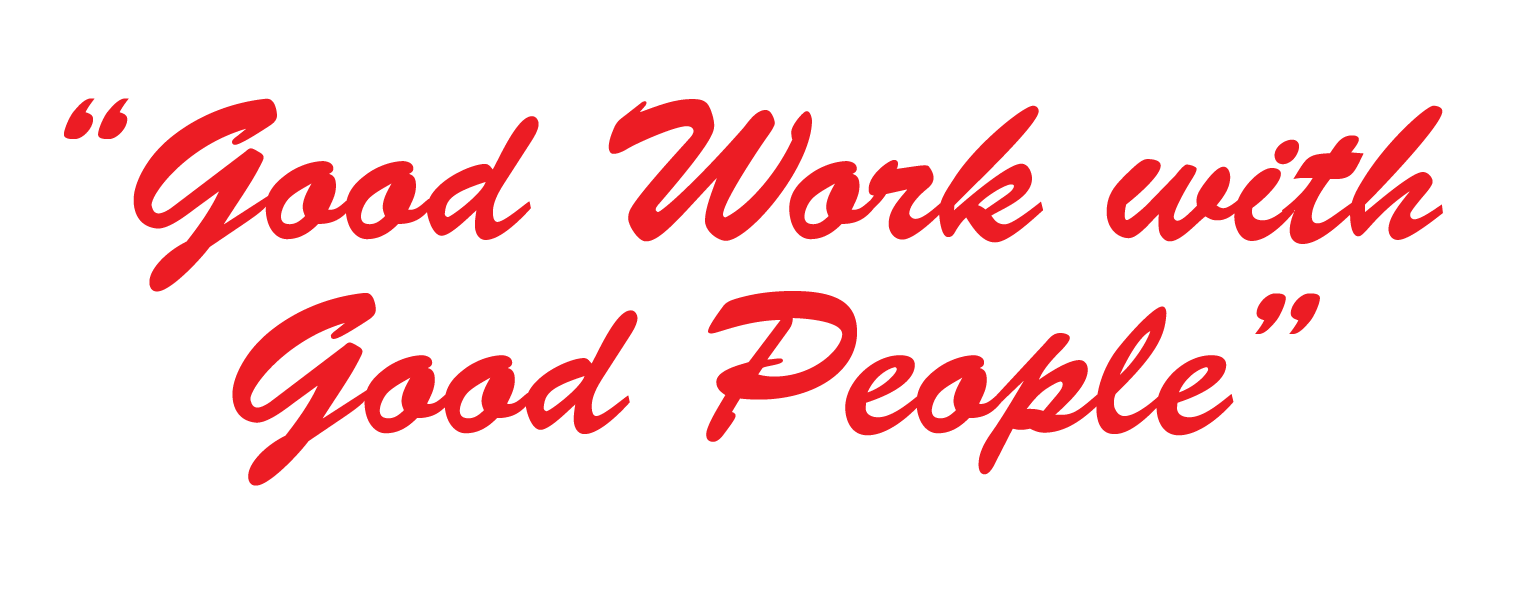Complementarity
in Action
Operating System
The “both/and” principle for systems transformation (in use)

Introduction
Complementarity is the unifying principle of Superior Branding Company — the engine of our creative practice, the approach to our relationships, and the mindset which we try to consistently orient ourselves to as a team.
After two years of reliance in this principle, we are sharing an introduction to complementarity. We hope that this information will help others develop more awareness about themselves, and realize more potential in the systems in which they work.
For more background on the principle of complementarity Begin Here
If we know a shared reality is a falsehood, how can we develop a shared mindset?
Complementarity cannot be understood only intellectually. We must make a commitment to continuously put it into practice as a living principle. The dynamics of our relationships and the inevitable tensions in workplace dynamics, become the starting point to reorient towards a complementary perspective. We have endless opportunities to meet the tension of opposing views with a sense of potential. As a shift in our mindset when we’re facing a difficult situation, complementarity is immediately available to us all of the time.
Trying to define complementarity can be difficult, it is often easier to understand what it is not:
- Either or thinking
- A balance or middle ground
- A specific outcome
When we introduce complementarity, we are not working on an outcome, but the process of relating — expectations of results and idealized output works against us. The more we make an attempt to hold perspectives different than our own with empathy, often radically, the more we create the conditions for complementary relationships to emerge. The map is not the territory itself, but over time it may become the territory.
As a starting point, we’ve outlined an help “jump in and do it” list to introduce the principle of complementarity into the systems in which you work. This list is not comprehensive.
Mindset
(The interior conditions which we can reorient ourselves to.)
- Letting go of expectations and idealized outcomes
- Knowing that you are one aspect of a system
- Collaboration across difference, not in spite of it
- Trusting that the process will yield results that are greater, more unexpected, more whole than a single contribution
- Understand that the “opposite” view is the complement to your own and ultimately the seed to move forward, no matter how momentarily uncomfortable
- Understanding that every conscious aspect in a system has its corresponding unconscious element
- Reflecting on whether holding onto your idea serves the whole system, or yourself
- You are a process - You will be affected just as much as you affect
- Having an intention for something new to happen
- Resist certainty
- Seek potentials over certainties
(The interior conditions which we can reorient ourselves to.)
- Letting go of expectations and idealized outcomes
- Knowing that you are one aspect of a system
- Collaboration across difference, not in spite of it
- Trusting that the process will yield results that are greater, more unexpected, more whole than a single contribution
- Understand that the “opposite” view is the complement to your own and ultimately the seed to move forward, no matter how momentarily uncomfortable
- Understanding that every conscious aspect in a system has its corresponding unconscious element
- Reflecting on whether holding onto your idea serves the whole system, or yourself
- You are a process - You will be affected just as much as you affect
- Having an intention for something new to happen
- Resist certainty
- Seek potentials over certainties
Practice
(The externalization of our mindset.)
- Checking-in on someone’s baseline (i.e. “How are you?”)
- Agree on definitions
- Find common metaphors
- Have radical empathy for another’s point of view regardless of expertise, POV, or background
- Active listening
- Resisting judgement
- Respond to content, not delivery
- Knowing when to emphasize your case and finding common language and metaphors to state it
- Agree on closure
Over time, the mindset and practice of complementarity begins to build systems with more integrity, adaptability, and resilience. Some markers of growth include systems that:
- Are agile and flexible under stress
- Are comfortable with feedback
- Have participants inspired and encouraged to voice their opinion or share ideas, regardless of implicit or explicit hierarchies
- Addresses challenges with speed
- Have organizational diversity
- Prioritize clarity of agreements
- Is willing to embrace the unknown
Start Now
So the question is continuously asked: How can we work on our ability to hold different perspectives within a single system? Can we develop a shared, complementary mindset, when we know a shared reality is an idealization? Where do we start? On our way to finding more potential in large systems, we might begin with our partnerships, our teams, and even with ourselves, where we will see the principle of complementarity its most potent expression. It is impossible work, and that is why we must do it.
Get the quarterly newsletter
CONTACT US | OUR STORE | INSTAGRAM
hello@superiorbranding.co
©2022 Superior Branding Enterprises, Inc.

